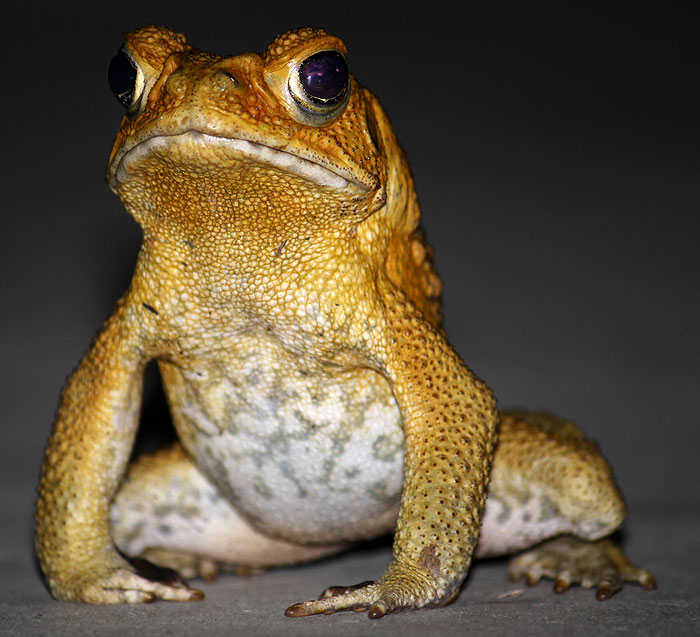A Kiwis Australia Day
I thought - seeing as we're celebrating being a bit Aussie and such, that I'd post some pics I've taken that sum up my experience of Australia. I moved here expressly to be close to the wildlife, and it's a decision that I have never regretted ... but some people don't like the fact that a Kiwi loves the wildlife here.
Such people are just Dicks, and should be ignored.
Not every animal has it so good. Australia is a country of extremes and a drought here is a serious deal.
But being the world's largest island and smallest continent, we're surrounded by water. In fact, over 80% of Australia's population lives within 50 km of the coast.
Human habitation of the Australian continent is the source of much debate and conjecture. This is only gettin worse, because provable facts no longer seem to matter - 'feelings' and opinions do.
It's a nightmare.
The best I can do is this:
Such people are just Dicks, and should be ignored.
 |
Night Tiger |
 |
'Common' Green Tree Frog |
 |
Laughing Kookaburra |
 |
Galah |
Not every animal has it so good. Australia is a country of extremes and a drought here is a serious deal.
 |
Lake Moondarra - central QLD |
 |
Hot enough to make the trees bleed |
But being the world's largest island and smallest continent, we're surrounded by water. In fact, over 80% of Australia's population lives within 50 km of the coast.
 |
A spot of fishing on the GBR |
Human habitation of the Australian continent is the source of much debate and conjecture. This is only gettin worse, because provable facts no longer seem to matter - 'feelings' and opinions do.
It's a nightmare.
The best I can do is this:
At the time of European settlement in the late 18th century, most Indigenous Australians were hunter-gatherers, with a complex oral culture and spiritual values based on reverence for the land and a belief in the Dreamtime. The Torres Strait Islanders, ethnically Melanesian, were originally horticulturalists and hunter-gatherers. The northern coasts and waters of Australia were visited sporadically by fishermen from Maritime Southeast Asia.
The first recorded European sighting of the Australian mainland, and the first recorded European landfall on the Australian continent, are attributed to the Dutch navigator Willem Janszoon. He sighted the coast of Cape York Peninsula in early 1606, and made landfall on 26 February at the Pennefather River near the modern town of Weipa on Cape York.
The Dutch charted the whole of the western and northern coastlines and named the island continent "New Holland" during the 17th century, but made no attempt at settlement.
William Dampier, an English explorer and privateer, landed on the north-west coast of New Holland in 1688 and again in 1699 on a return trip. In 1770, James Cook sailed along and mapped the east coast, which he named New South Wales and claimed for Great Britain. With the loss of its American colonies in 1780, the British Government sent a fleet of ships, the "First Fleet", under the command of Captain Arthur Phillip, to establish a new penal colony in New South Wales.
A camp was set up and the flag raised at Sydney Cove, Port Jackson, on 26 January 1788, a date which became Australia's national day, (Australia Day) although the British Crown Colony of New South Wales was not formally promulgated until 7 February 1788.
The first settlement led to the foundation of Sydney, the establishment of farming, industry and commerce; and the exploration and settlement of other regions.
A British settlement was established in Van Diemen's Land, now known as Tasmania, in 1803 and it became a separate colony in 1825.
The United Kingdom formally claimed the western part of Western Australia (the Swan River Colony) in 1828. Separate colonies were carved from parts of New South Wales: South Australia in 1836, Victoria in 1851, and Queensland in 1859. The Northern Territory was founded in 1911 when it was excised from South Australia. South Australia was founded as a "free province" - it was never a penal colony. Victoria and Western Australia were also founded "free", but later accepted transported convicts. A campaign by the settlers of New South Wales led to the end of convict transportation to that colony; the last convict ship arrived in 1848.
Unfortunately - there are always those who want to make everything about divisive bloody political correctness - Australia day is no exception. For me it's a day to celebrate all the great things about this place - we've got 364 other days of the year to be nannied into submission eh?.
Ignore them - have a beer and enjoy ya day. I'm off to light the BBQ
Ignore them - have a beer and enjoy ya day. I'm off to light the BBQ






Comments
The Kookaburra looks so beautiful!
I knew their diet was small lizards and insects but was amazed the other day seeing one swoop down ahead of me and take a small bird - Take it up to the branch of a tree, where it devoured it in virtually a single gulp!
He was a Juv when I took the pics, very trusting, very approachable - the mud on his beak was as a result of him digging for surfacing, very large worms.
Kookaburra's are, as I'm sure you know, grouped with kingfishers - but as you point out - they're without question - the most amazing opportunists; not a bird I recommend anyone 'feed' in their garden, unless you want a very dull and bereft of wildlife garden that is ...
Thanks for stopping by :)
Post a Comment